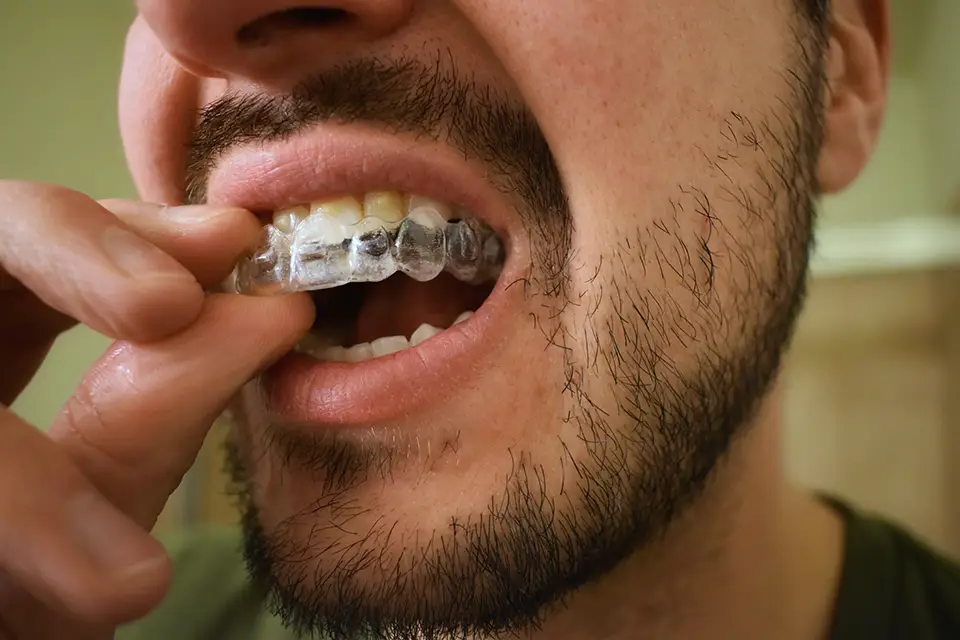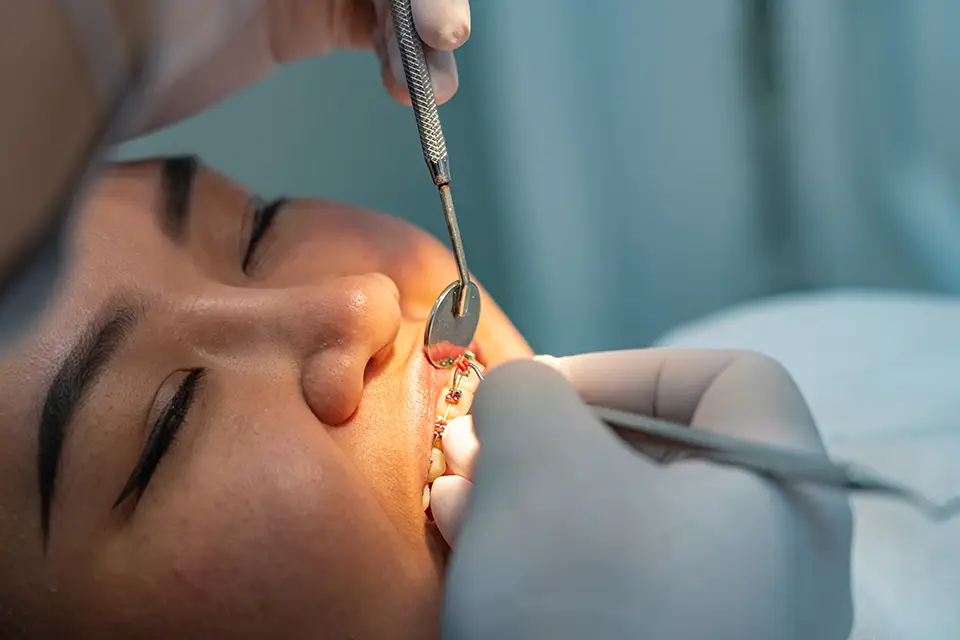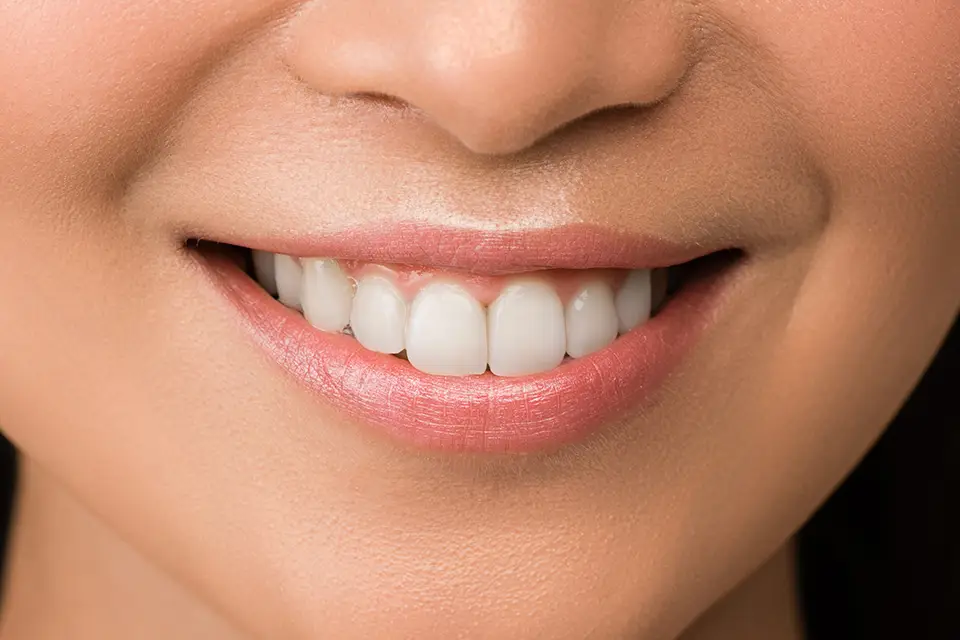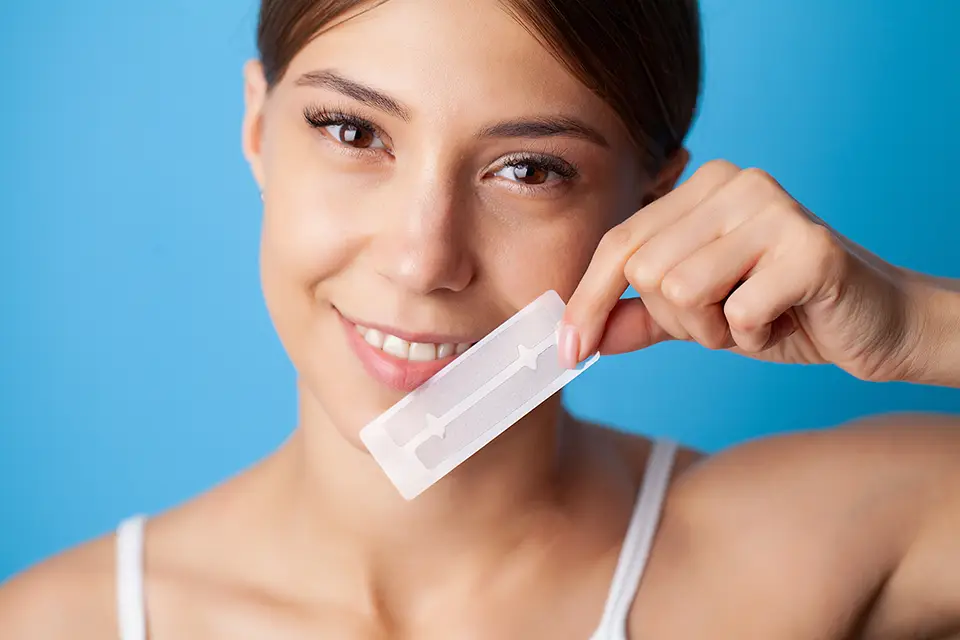Patients often arrive with a simple, practical question: “Does Invisalign use brackets?” The short answer is no—Invisalign relies on clear aligners, not fixed metal brackets—but there’s a related concept called attachments that deserves a careful look. At Sunshine Dentistry in Richmond Hill, Ontario, we explain how these small, tooth-coloured shapes help aligners grip and guide teeth more precisely. Understanding the role of attachments—what they are, when they’re used, and how they’re placed—makes your decision easier and your expectations clearer. So, “Does Invisalign use brackets?” Not in the traditional sense, but attachments can play a quiet, important role in achieving predictable results.
Does Invisalign Use Brackets? The Short Answer
Traditional braces use bonded brackets and a wire to move teeth. Invisalign uses a sequence of removable, clear trays to deliver controlled, incremental forces—no brackets required. That said, many cases benefit from small resin “handles” called attachments. These aren’t brackets; they’re tooth-coloured bumps shaped and placed to give the aligner better leverage. If “Does Invisalign use brackets?” is your deciding question, the distinction is this: attachments support aligner performance but remain far less visible than brackets and wires.
What Exactly Are Invisalign Attachments (Not Brackets)
Attachments are tiny, custom-shaped composites bonded to selected teeth. They’re colour-matched to enamel and contoured to work with the engineered “push points” inside each aligner. They help the tray rotate a stubborn tooth, control root movement, or pull a tooth down (extrusion) or up (intrusion). You remove the aligners to eat and brush; the attachments stay on the teeth during treatment. Functionally, they’re partners to your trays—quietly improving grip and control. In the context of “Does Invisalign use brackets?”, think of attachments as discreet aids, not full hardware.

Why Some Cases Need Attachments—and Others Don't
Not every Invisalign plan uses them. Simple spacing or mild crowding may track well with aligners alone. As tooth movements grow more complex—significant rotations, torque control, bite correction—attachments become valuable. The goal is precision: fewer mid-course corrections and steadier progress. When patients ask, “Does Invisalign use brackets?”, the follow-up we add is, “In tougher movements, attachments help aligners act with the same seriousness as braces—without looking like braces.”
Common reasons your plan might include attachments:
- Rotation and torque: Cylindrical or triangular teeth (like canines) can be hard to “turn” without extra grip.
- Extrusion/intrusion: Lifting or seating teeth vertically benefits from defined contact points.
- Root control: Fine-tuning the root position—important for long-term stability—often needs added leverage.
Does Invisalign Use Brackets? How Attachments Are Placed and Removed
Placement is straightforward. Your dental professional cleans and conditions the enamel, loads a template tray with the attachment resin, and light-cures it in seconds. The template is removed, leaving small, smooth bumps that align with your aligner’s pressure points. When treatment ends, attachments are polished away, returning enamel to its original contour. For patients who worry, “Does Invisalign use brackets?” because of comfort, the reality is that attachments are low-profile; most people adjust within days.
Living With Attachments: Eating, Cleaning, Comfort
Aligners come out for meals and for brushing, so daily routines stay familiar. With attachments, there are a few practical tips:
- Eating: Remove aligners for food. Reinsert after a quick rinse or brush to keep trays clear and odour-free.
- Cleaning: Brush and floss as usual, paying brief attention to the attachment margins. A soft brush and fluoride toothpaste are ideal.
- Comfort: Any initial roughness is polished at delivery. If an edge bothers your lip or cheek, a tiny amount of orthodontic wax can help during the first week.
These small habits keep trays clear and attachments clean—supporting steady progress while answering the concern behind “Does Invisalign use brackets? “with day-to-day experience rather than theory.
When Attachments Aren't Needed
Some plans skip attachments entirely. Mild spacing, limited alignment, and finishing refinements can track well with aligners alone when biology, compliance, and tooth shape cooperate. If you’re motivated, wear aligners 20–22 hours a day, and follow instructions closely, you may hear “Does Invisalign use brackets?” and smile—because your case won’t need attachments at all.
Does Invisalign Use Brackets? A Clear Comparison with Traditional Braces
- Visibility: Aligners are nearly invisible; attachments are tooth-coloured. Traditional setups use visible brackets.
- Removability: Aligners come out for meals and hygiene; brackets do not.
- Control: Braces can apply force in any direction via wires; aligners achieve this using engineered tray geometry and, when indicated, attachments.
- Comfort & hygiene: No wires to irritate cheeks, and brushing is familiar with aligners removed. Attachments don’t complicate hygiene.
So, “Does Invisalign use brackets?” No. It uses different mechanics to reach similar goals, reserving attachments for moments when added control is clinically wise.

Timelines, Refinements, and Your Role in Success
Effective aligner therapy relies on consistent wear—20–22 hours daily. Attachments can make movements more efficient, reducing the number of refinements (extra trays) along the way. If you’re wondering “Does Invisalign use brackets?” because you’re balancing discretion with results, attachments are the quiet compromise: better tracking without the visual footprint of brackets and wires.
Cost and Maintenance Considerations
Overall costs reflect case complexity, number of aligners, potential refinements, and whether attachments are used. There’s no separate “bracket fee” because—again—aligners don’t use brackets. The presence of attachments does not usually change hygiene costs or appointment cadence meaningfully. Most patients find that caring for aligners (rinsing after meals, brushing trays gently, storing them properly) becomes second nature. In other words, the practical answer to “Does Invisalign use brackets?” remains no, and your budget won’t include bracket-specific visits or repairs.
Final Word
If your goal is a discreet path to straighter teeth, aligners answer the question “Does Invisalign use brackets?” with a clear “no.” And when attachments are recommended, they remain small, tooth-coloured, and purposeful—there to help the trays do their best work. If you’re weighing aligners, attachments, timing, or cost, schedule a consultation with Sunshine Dentistry in Richmond Hill. We’ll review your case, explain whether attachments are indicated, and map a plan that respects your calendar, your comfort, and your goals—without the look or lifestyle of brackets.
FAQs — Does Invisalign Use Brackets?
Does Invisalign use brackets at any point in treatment?
No. Invisalign uses removable trays. When additional control is needed, tooth-coloured attachments are placed—not brackets.
Are attachments noticeable in photos?
Attachments are small and tooth-coloured. Most patients find they’re hard to see at conversational distance or in typical photos, supporting the “no-brackets” advantage behind “Does Invisalign use brackets?”
Do attachments damage enamel when removed?
Attachments are bonded and later polished away using controlled techniques. Enamel is preserved; your dental professional restores the original surface smoothness at the end.
Will I definitely need attachments?
Not always. Some plans succeed without them. Complex rotations, torque, or vertical movements are the most likely scenarios where attachments help aligners perform predictably—without reverting to brackets.
Can I switch to braces if aligners don't track?
It’s rare with good planning and wear, but yes, you can transition. Most patients prefer to fine-tune with additional aligners or selective attachments, keeping the aesthetic benefits that led them to ask “Does Invisalign use brackets?” in the first place.



